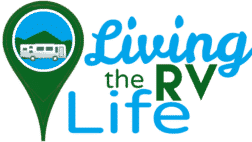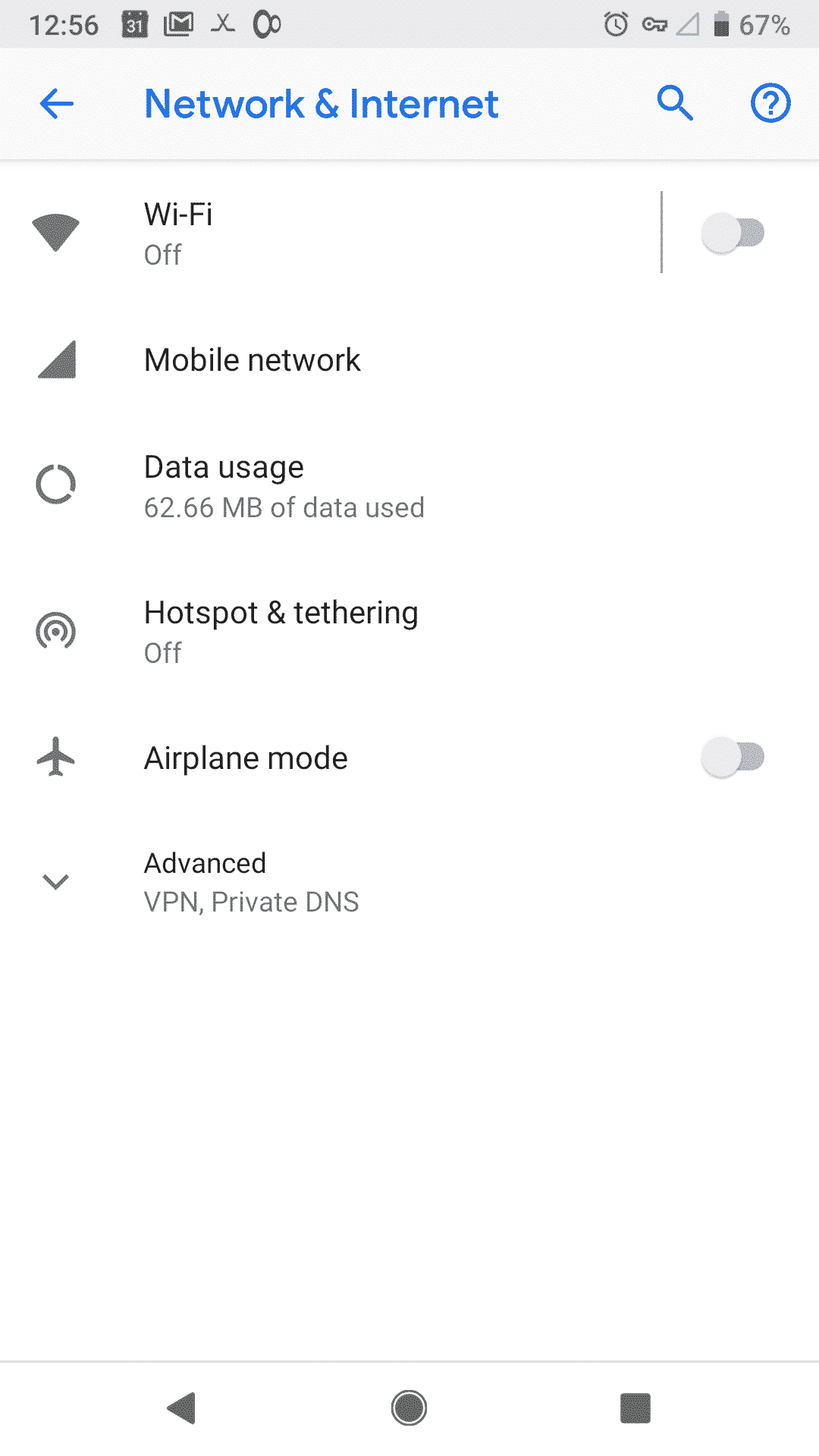
As a full time RVer who also works full time online, one of our biggest criteria for staying anywhere is connectivity. At the very least we need email access, but ideally I need to have full internet to complete my job.
Over the years we have tried different things, from increasing our data plan on our cell package, to shared WiFi you find at an RV park or campground, to paying extra for “dedicated” WiFi at an RV resort we stayed at. Each has its positives and negatives. In this article we explore some of your options for internet when you are on the road and/or living in your RV full time.
Option #1 – Cell phone data
When we first hit the road we were travelling a little more and staying at a few places (such as boondocking in Walmart parking lots) where there was no internet, or it was very spotty. While many Walmart’s do offer free in-store WiFi, when you are in the parking lot, away from the store, the signal can be weak to non-existent.
To combat this, I would tether my phone to my computer. This can be done either with a cable (a USB cable that plugs into my laptop, with the other end plugged into my phone) or wirelessly, by configuring your phone as a wireless hotspot.
Alternatively, you can purchase a dedicated WiFi hotspot. This can help you share your mobile data with multiple devices without killing the battery life of your phone.
Pros:
- It’s easy. We already have a data plan, and newer phones, so setting up a WiFi hotspot is easy. I just enable it in my phone settings, name it and give it a password. THIS IS IMPORTANT. If you don’t assign a password, anyone can find and access your hotspot, easily eating up a bunch of data without you knowing.
- It’s fast. If you are on a 4G or better network (5G is being developed right now) then it’s like having a true high speed WiFi connection.
Cons:
- It’s expensive. Mobile data is more expensive than a “traditional” internet connection. So while your connection may be fast, remember that you probably have a limited amount of data, and overages can be extremely expensive.
- It may not fast. I know, I said it’s fast above, but that’s not always the case. If you are in a more rural area, or away from a larger center, they may not have the latest technology. If you end up using your connection at 3G as opposed to 4G (for example) 4G is considered to be 10 times faster than a 3G connection.
Option #2 – Free / Campground WiFi
If you’ve travelled around with an RV you probably already know that many RV parks and campgrounds (both public and private) do offer free WiFi to campers. While this is obviously a preferred method to paying for WiFi there are some drawbacks to it as well.
For example, in one RV park we stayed in they only had 5gHz connections. 5gHz refers to the connection type. The most common connections are 2.4gHz and 5gHz wireless connections. The problem with only offering the 5 gHz connection at this particular campground is that many laptops and older devices only use the 2.4 gHz connection. Therefore my laptop didn’t see any wireless connections, but my phone did.
Pros:
- Cost. It’s free.
- It’s usually pretty easy to connect. Some campgrounds have passwords, while some have completely open WiFi
- It can be fast. We found during the day the WiFi was pretty fast. This is because there are fewer campers in the campground during the day and/or they are just out enjoying whatever amenities they can find and aren’t interested in using the internet.
Cons:
- During peak times, it can be slow to non-existent. While it can be super fast during the day, when no one is around, most free WiFi tends to slow to a crawl, or you can’t connect at all, because everyone else is back for the evening. Kids are in bed watching NetFlix, or playing games. Parents are on Facebook, and so on.
- Potential for risk. Free WiFi always brings risk. From hackers potentially watching what you are doing online, to more nefarious individuals actively trying to hack into your device. In fact, recently in the news there were stories illustrating just how easy it is for someone to “spoof” free wifi and encourage users of that free wifi to connect to an alternative hotspot, which then allowed the hacker to monitor all online activities of users who connected to the spoofed hotspot.
Option #3 – WiFi USB dongle
Along the lines of using your phone tethered above, you can purchase a USB dongle that plugs into your laptop’s USB port to give you internet. They generally use a mobile data plan much like your phone.
Pros:
- It’s usually pretty easy to set up – plug in the dongle, install software as needed and then connect.
- It’s portable. It has a USB plug, so it’s just a matter of “plug and play”. When you are done you simply eject the dongle and you are no longer connected using data.
Cons:
- It can be expensive. As with cell phones, in Canada our phone data is pretty expensive. While you can help lower the cost by getting a dongle within your current data plan, you still end up having to pay for data. If you go over the amount of data in your plan you risk paying huge overage charges.
- They can be slow. Since these devices are usually built to the lowest common speed, they may prefer to connect to the much slower (but potentially stronger) 2G signal over the faster 4G connection, especially if the 4G is weaker or there are more devices using that band. While the dongle’s are usually designed to be easy to operate, they usually give you less control over choosing your access point (2G, 3G or 4G).
Option #4 – Split or Share your Internet
If you are going to be in one location for a length of time, and you have neighbours also staying long term nearby you might be able to work out a deal with them to share your own dedicated high speed internet connection.
For example, if it’s available you could get a fibre or cable connection installed to your RV that you install a household modem too. Essentially you are bringing a home internet solution into your RV.
Pros:
- It’s fast. Sometimes even the slowest wired internet is faster than your typical cell network connection.
- Dedicated support. Usually the support provided by the ISP is better than that from your cell provider.
- It’s secure. If there are only a couple of you sharing the connection, then there’s a much lower risk of anyone capturing and monitoring your usage.
Cons:
- If you don’t control the connection (IE the internet modem is in your neighbours RV) you may not have the ability to reboot the modem if needed. You could even lose your connection and not get it back until they are back. Even worse is if they do something to lock you out of the connection (IE changing the hotspot name and/or password).
- Copyright Violations. You could find that your neighbour is downloading a bunch of movies and TV shows on your connection, which would result in you receiving a copyright takedown notice, which could ultimately lead to legal troubles for you.
Option #5 – Your own dedicated connections
Finally, instead of sharing your connection like above you could opt for your own dedicated private connection.
We had this once at a park we stayed at. They did offer free WiFi to the park, but, as mentioned above, at night it would slow to a crawl. Forget about streaming Netflix at night. You were lucky if you could even check our email.
But the park also offered dedicated WiFi service for a monthly fee. So while you used the same hardware, your hotspot had its own name and password. As long as you kept your password secure and didn’t share it, then you had virtually unlimited internet and COULD stream Netflix at night even when the campground was full.
Pros:
- Its fast. Usually your own dedicated connection will be faster than all other options.
- It’s more secure. Again, with your own password protected WiFi you are more secure in your browsing.
Cons:
- It can be expensive. Whether you get your own connection hard wired into your RV, or you opt for something like I mentioned above, it will be more expensive than just using the RV park’s free WiFi..
As you can see, there are a few options when it comes to deciding how you will get online.
Usually, when we first arrive at a park, and after we are all set up, leveled and hooked up, I’ll fire up my laptop and connect to the free WiFi.
I’ll run a few tests, such as speed tests, to see how good the connection is. I will repeat these throughout the day, as the campground fills up, to see how the connection responds.
Through our times at different parks we’ve found that in general, the free WiFi is great during the day. Even during week nights it’s not so bad, but on weekends (and long weekends in particular) you might as well forget about using the free park WiFi.



